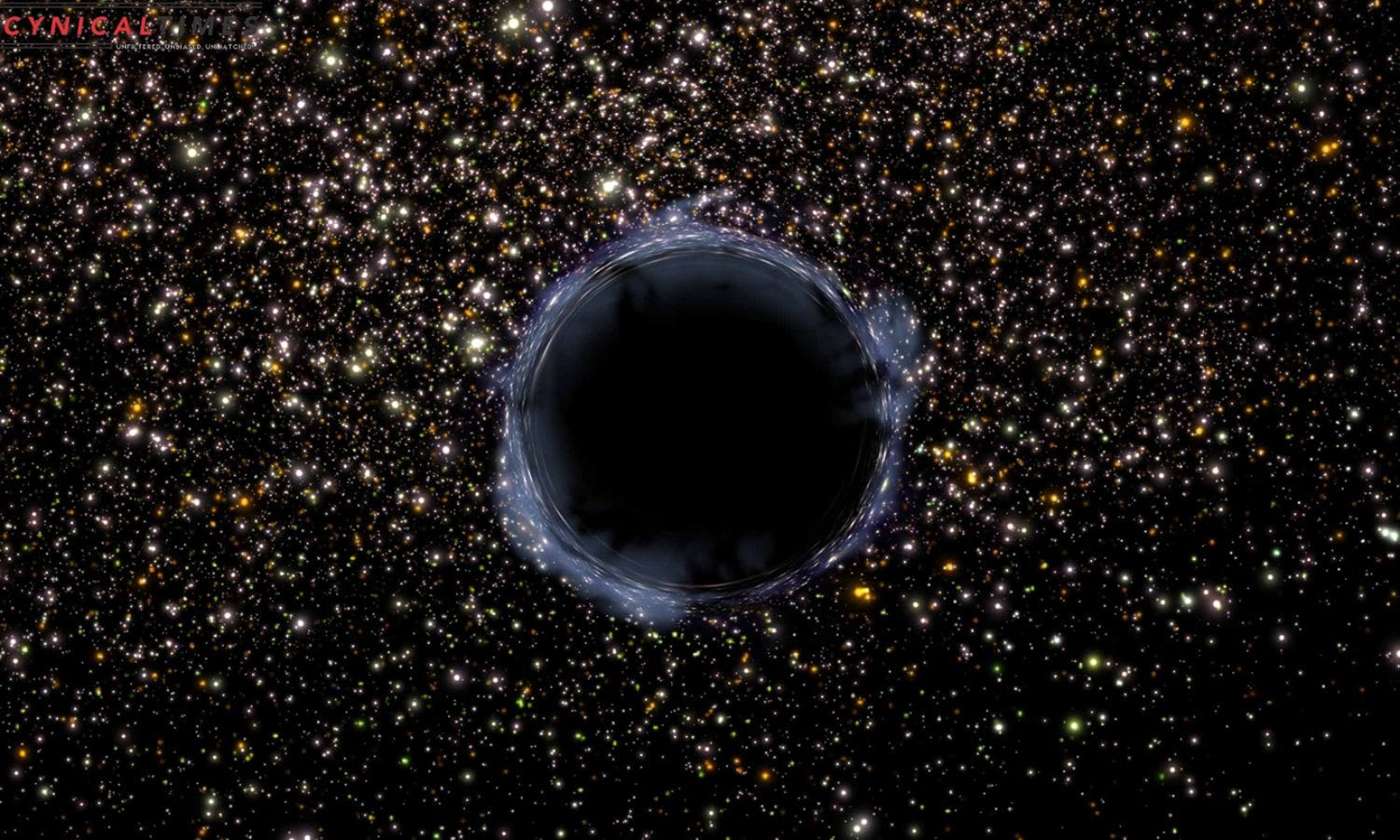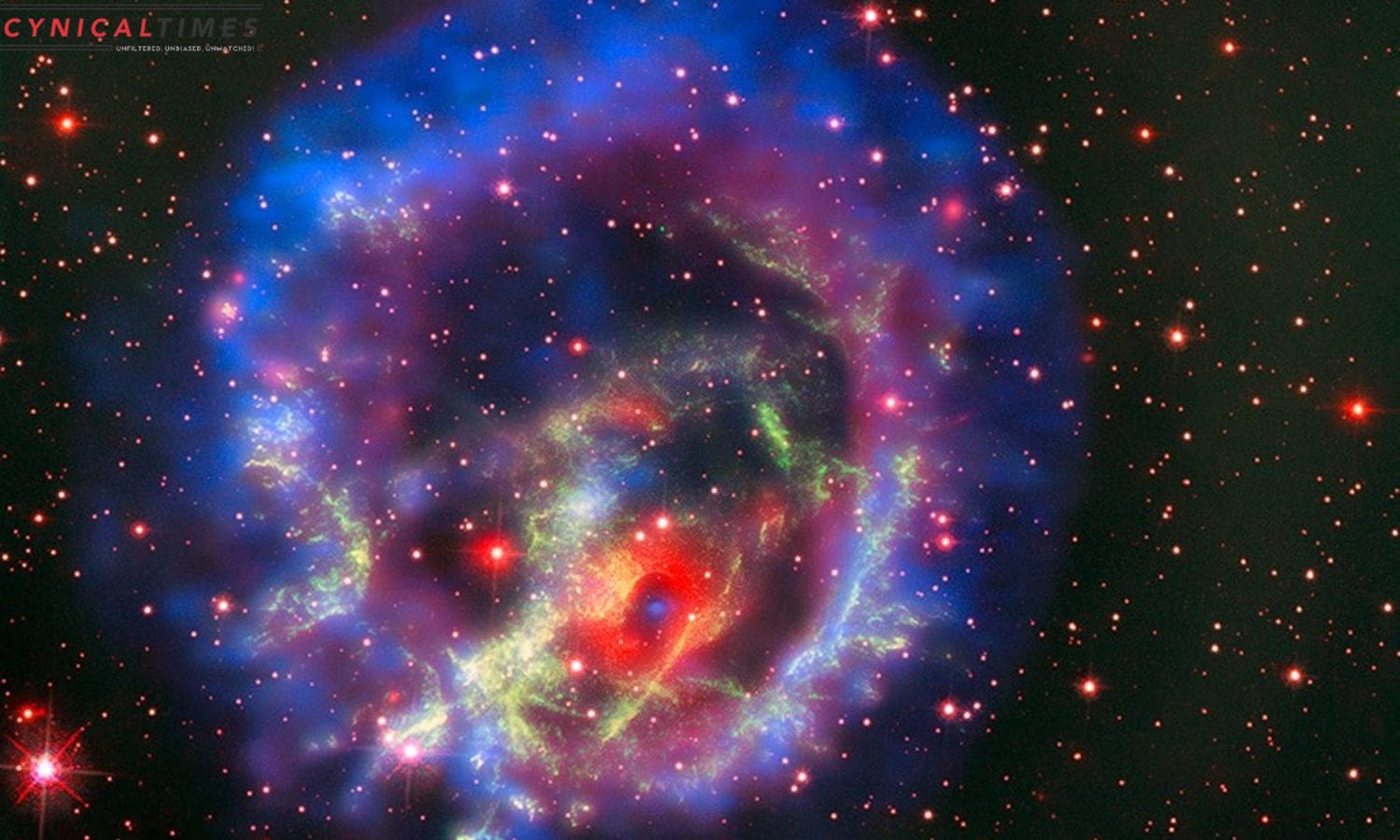Cosmic Kaboom Chronicles: In a truly bizarre cosmic event, the Tasmanian Devil explosion (AT2022tsd), observed a billion light-years away in 2022, continues to astonish scientists. This luminous fast blue optical transient (LFBOT) displays a repeat performance, flaring with the power of 100 billion Suns for months after its initial burst, challenging our understanding of celestial phenomena.
LFBOTs, a rare category of cosmic explosions, are known for their extraordinary brightness, exceeding that of typical supernovae, and their brief duration, more akin to a rapid celestial camera flash. The Tasmanian Devil’s peculiar behavior adds a new layer of complexity to these enigmatic events, prompting astronomers to rethink their explanations.
First discovered in 2018 with an explosion nicknamed “The Cow,” LFBOTs have defied conventional explanations. The recent analysis of the Tasmanian Devil, led by astronomer Anna Ho of Cornell University, hints at the formation of a neutron star or black hole. The observation of at least 14 flares in the 120 days following the initial explosion, each as bright as the original burst but lasting only minutes, challenges our understanding of cosmic dynamics.


Also Read: Super Blue Moon Tonight: Don’t Miss This Rare Celestial Event of 2023
“It pushes the limits of physics because of its extreme energy production, but also because of the short duration bursts,” explains astrophysicist Jeff Cooke of Swinburne University. The source’s ability to repeatedly brighten defies expectations, opening new avenues for exploration in the study of celestial bodies in their infancy.
While the precise cause of these flares remains unknown, the Tasmanian Devil’s performance provides a unique opportunity to study the properties of newly formed celestial corpses, offering insights into the mysterious world of LFBOTs, black holes, and the dynamic life cycles of stars. As scientists unravel the cosmic dance of these phenomena, the Tasmanian Devil continues to captivate and mystify, leaving us with more questions than answers about the wonders of our universe.

